… gives us an ideal Heart-Breath Resonance?
The simple answer is 6. But why 6?
Firstly let’s examine Breathing. I love this gem from the Classical Yoga Texts.
“a person who does not breathe fully; can never live fully!”
Here we’re talking about Prana or Livingness. But what’s the relationship between Breathing and Prana? To make matters simpler, let’s just call it Vitality.
We know this from observing Ourselves and Others – when we Breathe deeply we have a lot of Vitality! But do studies prove this?
Let’s look at one famous study. The Framingham Heart Study which began in 1948, is now considered one of the longest, most important epidemiological studies in medical history. It is an ongoing Cardiovascular cohort study that began with 5,209 adults and is now on its fourth generation of participants. The main aim was to find the major contributing factors to Cardiovascular disease.
After a couple of decades, research showed that the most important factor in determining Morbidity is Vital Lung Capacity! What exactly does that mean?
Let’s acquaint ourselves with important breathing terms.
Vital Capacity is the maximum amount of air that can be breathed out after breathing in as much air as possible.
Taking part in regular Aerobic exercise, Yoga and Pranayama training has been shown to increase a person’s vital capacity.
Breathing rate (frequency, BR) is the number of breaths in a minute. The average breathing rate is 12 breaths per minute.
Tidal volume (TV) is the amount of air breathed in with each normal breath. The average tidal volume is 0.5 litres (500 ml).
During exercise, tidal volume increases as does the depth of breathing and the rate of breathing. This has the effect of taking more oxygen into the body and removing more carbon dioxide.
Learn more about our Cardiovascular system
Now, let’s look at why a particular frequency of 6 Breaths per minute works? Remember that a person’s average Breathing rate is 12 – 20 Breaths per minute – so we are trying to halve that!
To understand this we need to understand what Heart Rate Variability is.
When we are stressed; our Heart beats like a metronome! It is influenced by our Sympathetic Nervous System. The variation between every Breath we take is more or less the same. But when we are relaxed and the Parasympathetic Nervous System is primarily functioning the opposite happens. We find that there is a bigger variation between one Breath and the next – leading to greater Heart Rate Variability. This is the most important marker apart from blood samples, to show if a person is relaxed.
Good Heart Rate Variability has resonance with our Breathing – as we find that when HRV is high, people Breathe in a range of about 4.5 – 7 breaths per minute. So we calculate an average of 6 breaths per minute.
Apart from being associated with Heart Rate Variability; what else happens when we Breathe 6 times per minute?
Benefits of Breathing 6 breaths per minute?
- It has a favorable effect on our Cardiovascular system including our Baroreflex Sensitivity (BRS), which measures are Heart’s ability to adjust Blood Pressure in response to changing conditions.
- It affects our Respiratory function, increasing Respiratory Sinus Arrhythmia which is a reflection of higher Parasympathetic Nervous System activity.
- It also benefits the Oxygenation of Blood, and Exercise Tolerance!
- Slow respiration increases Calmness. This is something we all know, and the resulting slow Brain waves lead us to Relaxed Awareness.
So Yogis, if we bring our breathing to 6 breaths per minute through large parts of our day, we will have an ideal Heart-Breath-Mind Resonance!
In the next Blog let’s look at KUMBHAKA which is the goal of Pranayama training. In Science we call it Static Apnea.
Until we meet next, keep practising Yoga daily, have a great time and watch that Breath!
MANISH POLE
Yogi + Guide at 21st Century Yoga.
* I’m focussed on designing Transformational Journeys based on Tradition & Research into Yoga, Ayurveda & Meditation. Join our Tribe of Yogi-Researchers; seeking to scale our own personal Mountains!
I’ve been Teaching Yoga & Meditation since 2003, and spent 7 years living with my Guru before leading Yoga Courses globally. I’m excited to Research what the Tradition teaches us – and find how contemporary Ancient Wisdom truly is!
Write to me at [email protected] if you want to get engaged with the 21st Century Yoga project. Namaste!
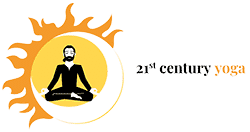
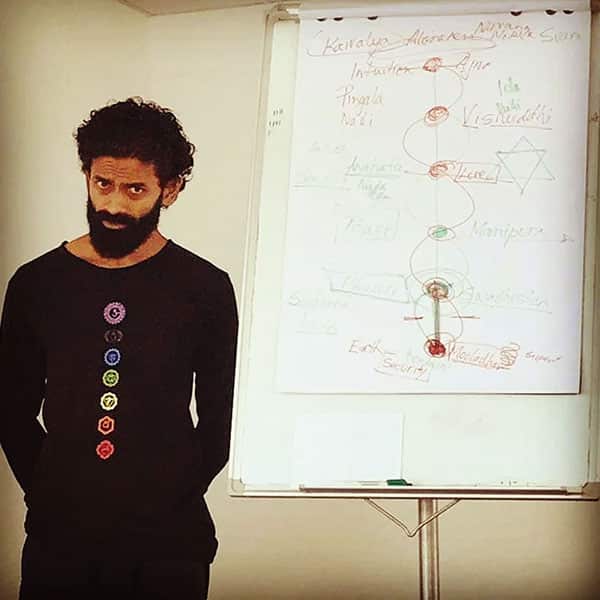
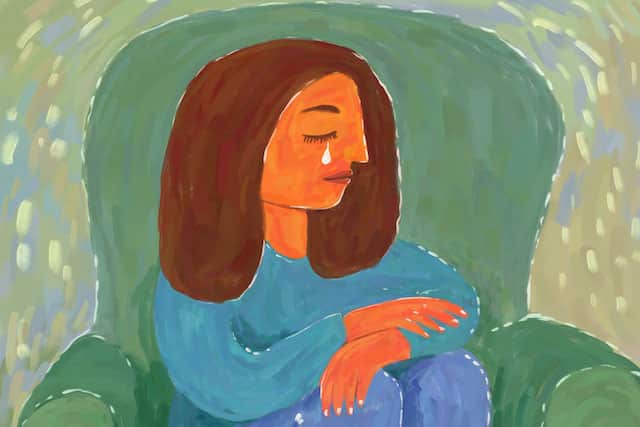
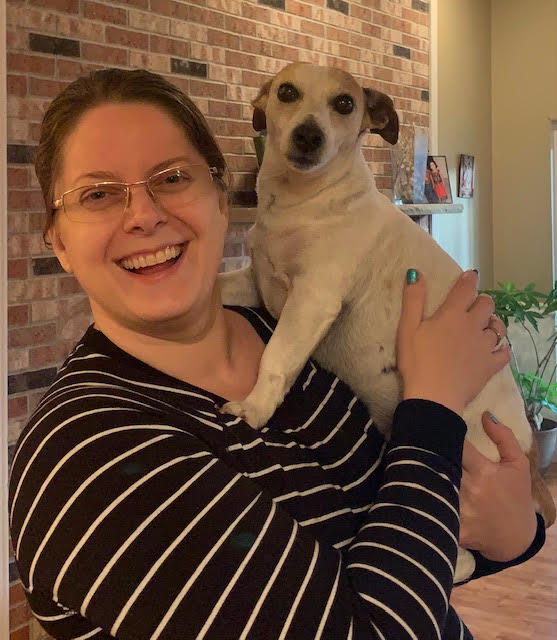
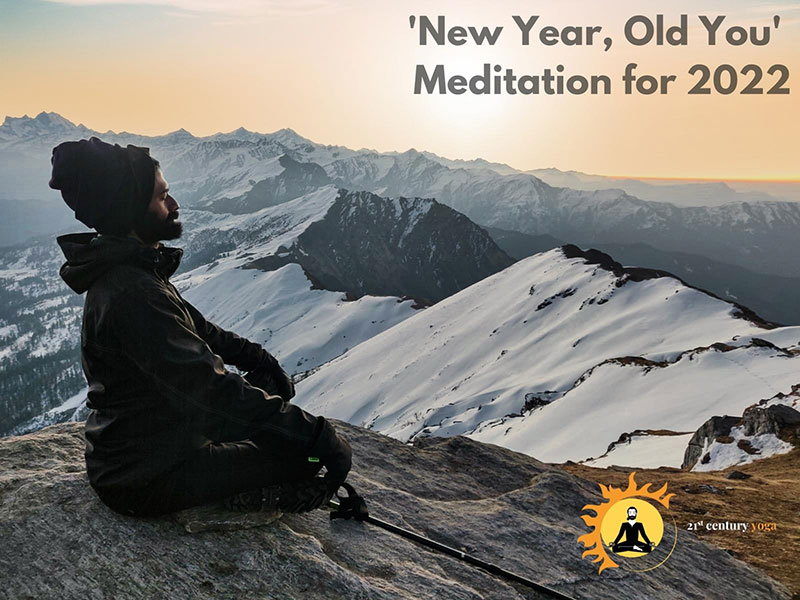
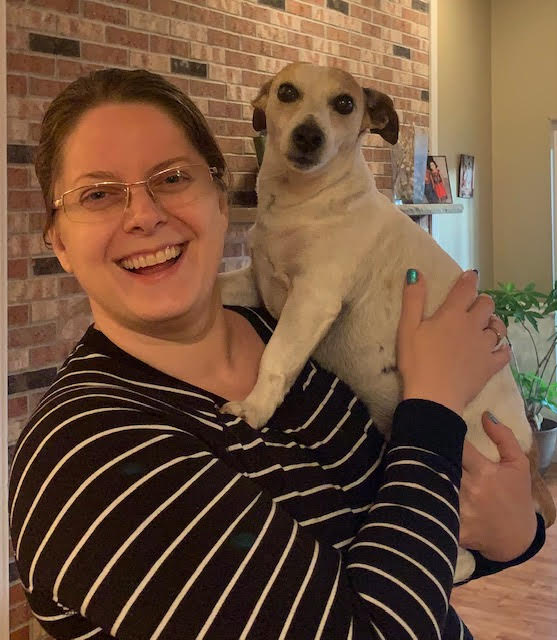
1 Comment
Excellent, something to look forward to